Montessori Practical Life
Montessori practical life activities are some of the most rewarding in the Montessori environment. These activities truly prepare children for life and responsibility in the best way possible — through doing. You can introduce Montessori practical life activities to your child at home using what you already have, making it pretty inexpensive! Here are some easy ways to introduce practical life skills at home that are simple and fun for any household.
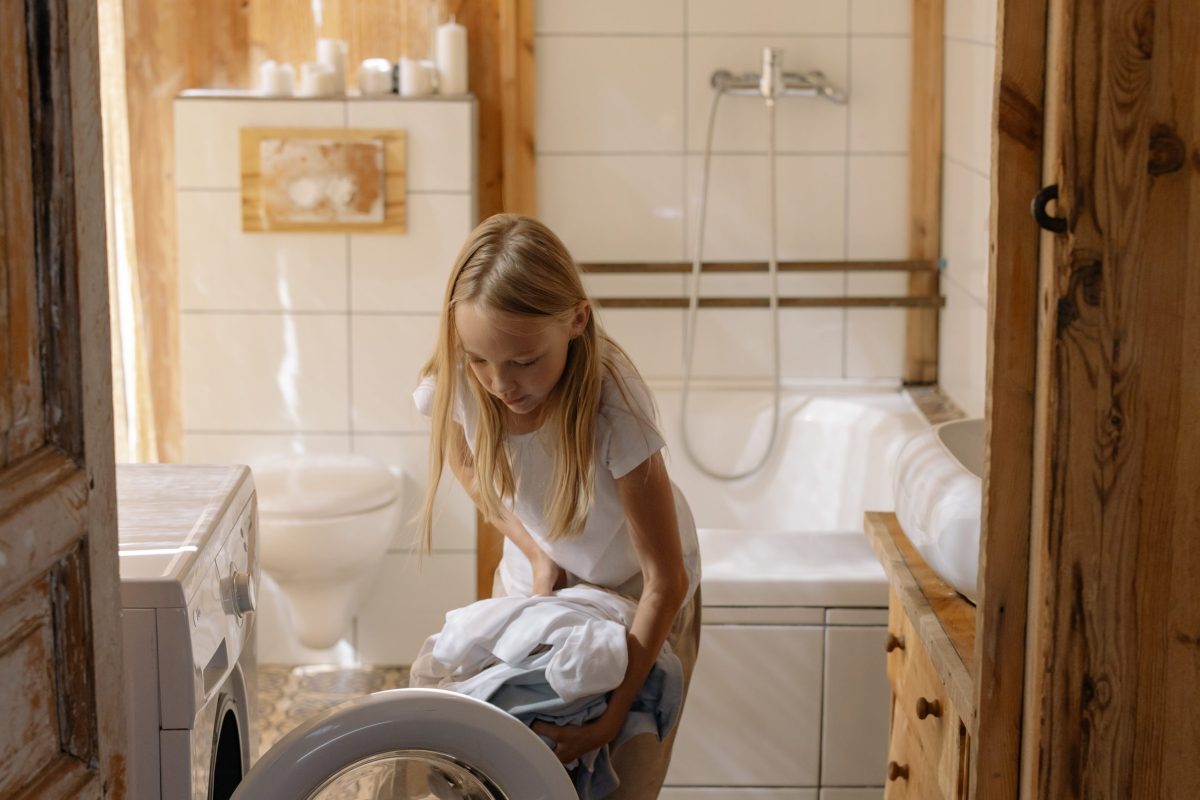
What is Montessori Practical Life?
When parents first discover the Montessori pedagogy, they will undoubtedly hear the phrase “practical life.” While it might sound like there is more to it, Montessori practical life simply refers to activities that include three main pillars: care for oneself, others, and the environment.
Activities like dressing independently, preparing snacks, and sweeping the floor are all practical life, as are blowing noses and washing hands. Maria Montessori saw the benefit of teaching kids these life skills as part of the curriculum rather than as chores. In Montessori, these activities are fundamental and interwoven into a child’s daily work.
The purpose of teaching Montessori practical life skills is to help children develop confidence, independence, and an “I can do it” attitude. Refining these skills helps kids develop a habit of helping and contributing. Engaging in practical life activities can also help refine motor and gross skills like coordination, increased concentration, and movement control.
Embrace Daily Activities
If you’re wondering how to put together easy and attractive practical life activities, our advice is to keep it simple by embracing daily activities. Observe what motivates your child and what is 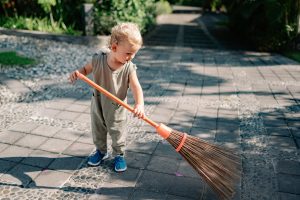 attractive for them. For example, if your child likes playing with water, see if they want to learn how to pour their own drinking water, or if they like snacks, they could learn how to peel an orange.
attractive for them. For example, if your child likes playing with water, see if they want to learn how to pour their own drinking water, or if they like snacks, they could learn how to peel an orange.
Simple activities like making orange juice, brushing hair, sweeping, and putting clothes away are all simple things children can learn how to do that will prepare them for life. The most important aspect of practical life is to use appropriately sized materials for your child to help them succeed. You can tailor these activities to your family; you can ensure they are age-appropriate by observing your child’s abilities.
Integrate Montessori Practical Life Into Your Routine
You can present and work on practical life skills anytime, not just during the work cycle. For example, if you’re taking the clothes out of the dryer, invite your child to join you. You can give them a small step or a small clothes horse for them to hang the clothes up. Show them how to do it first and work alongside one another. Brushing teeth is another skill to add to your routine; helping wash dishes or water plants are others.
Keep Your Montessori Practical Life Simple
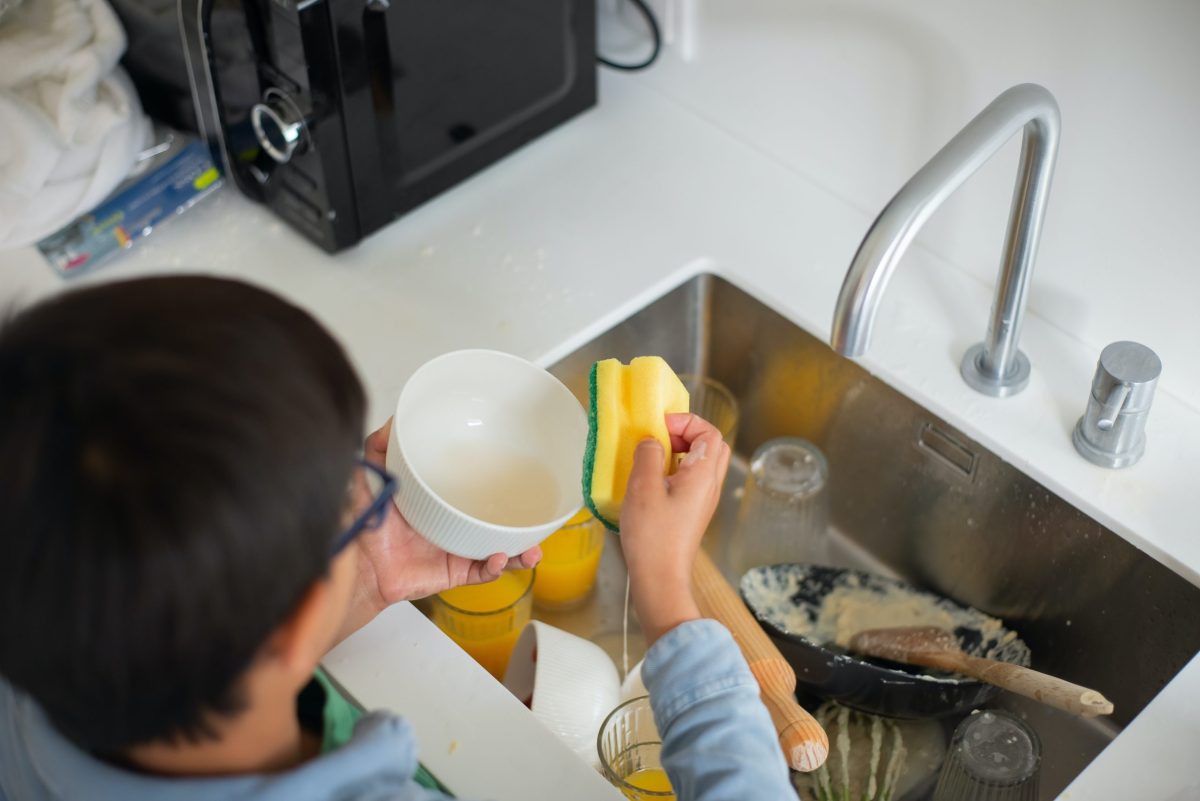
Many parents will know how easy it is to fall into the Pinterest pitfalls of making sure everything is perfect and trying too many things at once. However, remember not to overcomplicate it! Start with attractive and meaningful practical life jobs that follow simple steps at first, like peeling, sweeping, and putting things in the bin; once your child has mastered these skills, you can gradually increase the complexity.
For example, flower arranging is a fantastic practical life activity, but it requires children to follow a few steps, like pouring water into a funnel to go into the vase and using scissors to cut stems. Instead, build up to flower arranging by working on using scissors and transferring water first.
Observe Your Child
Create Montessori practical life opportunities you know your child will enjoy by observing what they like to do. For example, if your child is hugely motivated by food, ask if they would like to learn how to make something simple like bread or cookies. If your child is reluctant to put their shoes on, see if they might be interested in learning how to do it by themselves. If your child is interested in hair, see if they want to learn how to style their own in the mirror.
Keeping Montessori Practical Life Budget Friendly
Montessori practical life activities do not have to be expensive. If you’ve got some dusty old shot glasses in the cupboard, these are perfect for little hands to juice an orange. Though you 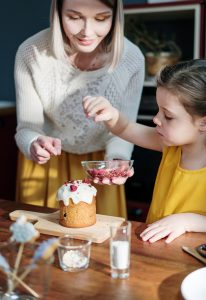 may have to spend some money on child-friendly knives, peelers, graters, etc., for food preparation, you can still be creative.
may have to spend some money on child-friendly knives, peelers, graters, etc., for food preparation, you can still be creative.
Materials for practical life activities can easily be sourced from thrift stores, online, and from the back of your cupboards. Everyday items like bowls, spoons, ladles, beans, rice, and shaped noodles can all be used for practical life. Equally, take a field trip to a cultural store or a dollar store and see what materials they have. Think outside the box, and what you’ll find will surprise you!
While materials like dressing frames are great, they can be an expensive way to practice zipping and buttoning. A budget-friendly option would be to use real clothes with different fasteners. Focus on one type at a time and go from there.
Are You Left-Handed or Right-Handed?
Typically, you will present the practical life material depending on your dominant hand. In the Western world, everything in Montessori is done left to right, just like how we read. This means step one of any activity starts on the left.
When presenting and demonstrating the activity to the child, position yourself so you don’t block their view. If you’re right-handed, you will sit or stand on the child’s right-hand side, and vice versa if you’re left-handed.
Montessori Practical Life Activity Ideas (Grouped by Age)
We’ve grouped the following list of practical life activities by age. While even infants love to observe their parents as they work around the house, practical life activities usually start at around 18 months old. This is because they typically require a basic level of body control, like the ability to sit up and the fine and gross motor skills to grasp and hold materials.
1.5-3 years
- Food preparation like juicing an orange, peeling a tangerine or banana, or cracking an egg
- Taking care of the environment by helping to sweep the floor
- Brushing hair
- Washing hands
- Moving a chair
- Pouring
- Transferring materials, like with a Delicious Discoveries Toolbox
- Flower arranging
- Window washing
- Tidying up
- Refining fine motor skills with buttons and zips
- Following a line on the floor and developing poise and body control
- Carrying a tray
- Opening and closing boxes
- Putting on a coat
- Caring for plants
3-6 years
- Food preparation like cutting an apple or baking bread
- Grace and courtesy, like learning how to greet others and communicate feelings
- Cleaning under fingernails
- Ironing
- Matching keys to locks and unlocking
- Brushing and dusting
- Cleaning spills
- Caring for plants
- Caring for animals
- Sorting silverware
- Setting the table
- Beginner recycling
- Composting
- Wrapping gifts
- Sewing
- Serving food
6-12 years
- Moving tables
- Organizing the room
- Preparing materials for an activity
- Recycling
- Composting
- Wrapping gifts
- Charity work
- Sewing
- Planning meals, cooking, and serving food
- Laundry
- Learning how to talk on the phone
12+ years
- Laundry
- Shopping for groceries
- Managing money and budgeting
- Organization
- Finding a job, volunteering, etc.
- Learning how to read maps and use public transport
- Learning how to be safe online
- Standing up for oneself and others
Thinking Outside the Box with Montessori Practical Life
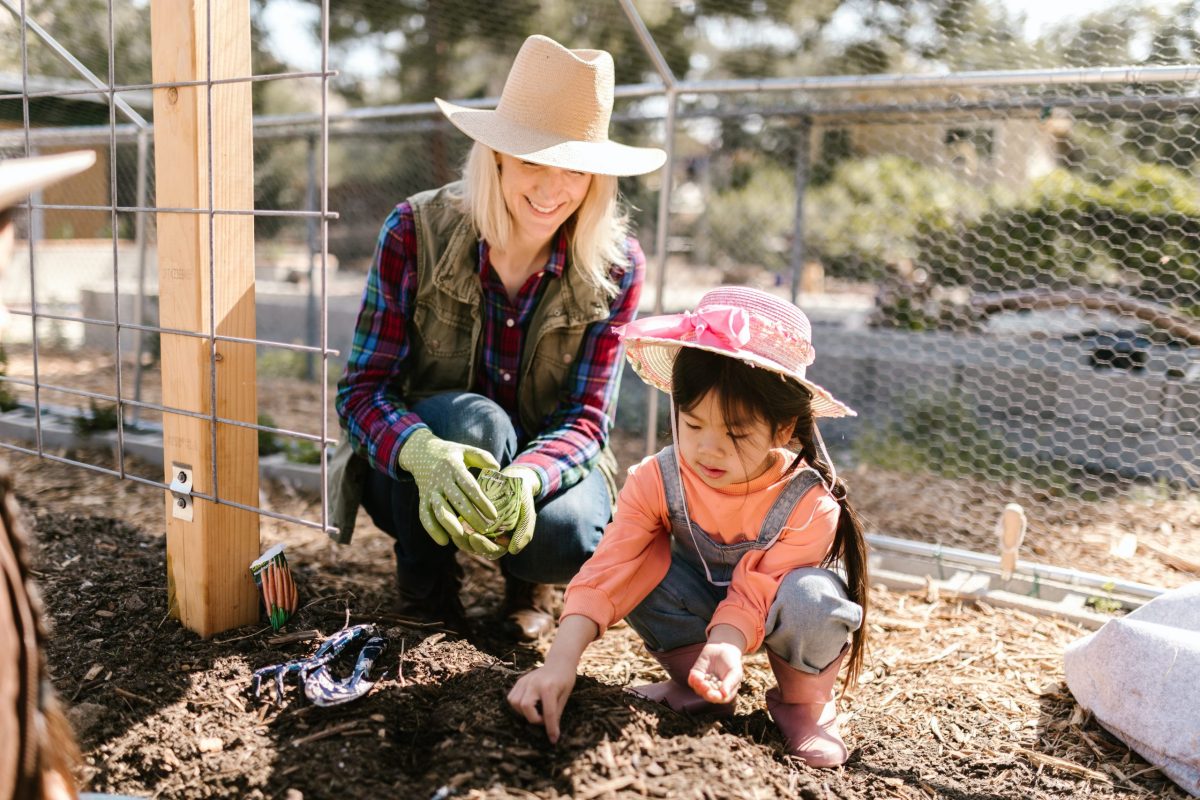
We hope this article has inspired you to embrace Montessori practical life in your Montessori homeschool curriculum or given you some ideas for your classrooms. As always, we’ve designed these tips and ideas just to get you started. The best way to incorporate practical life is to think outside the box and see what motivates your child.




0 Comments